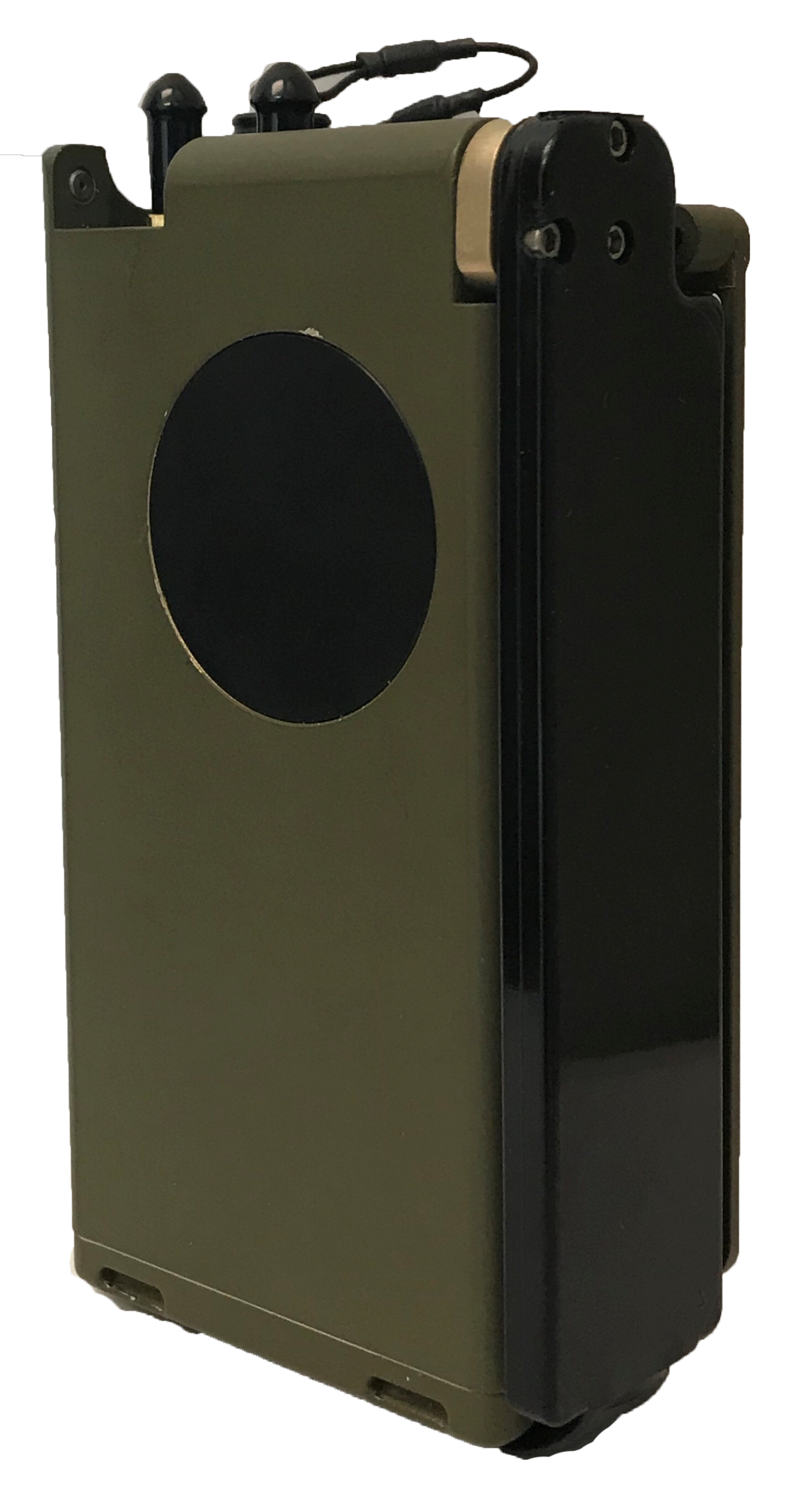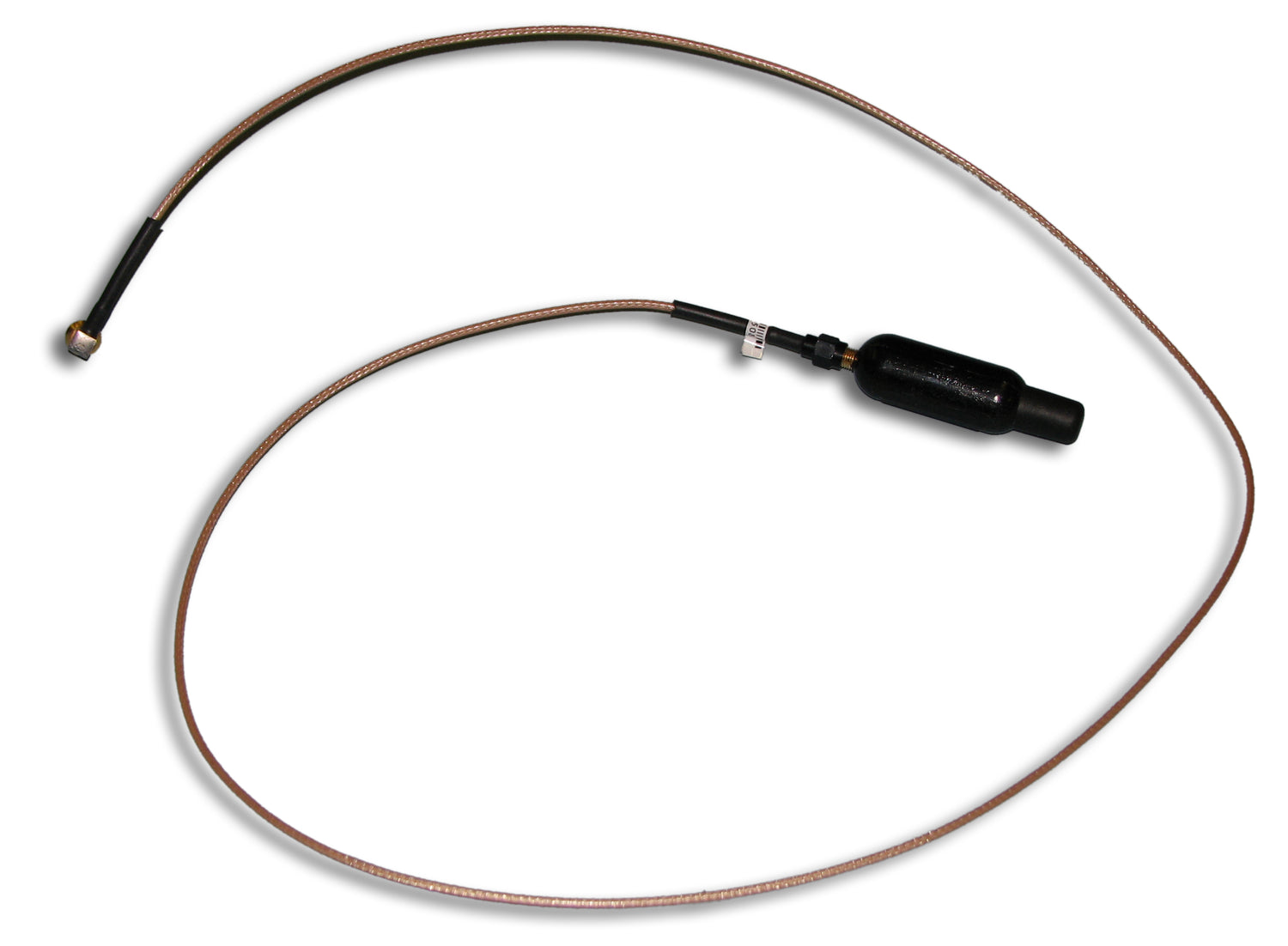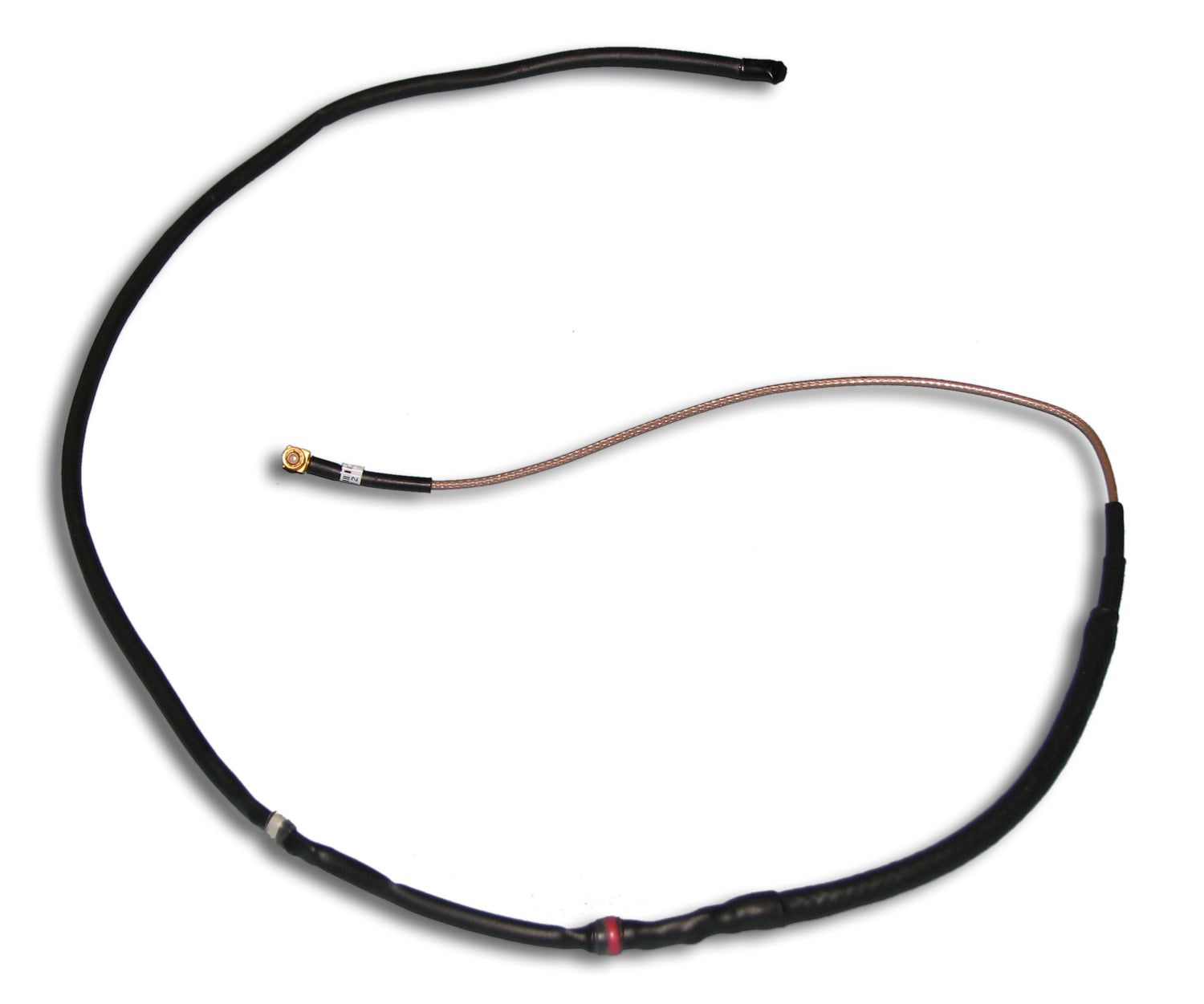



Survival Locator Beacon, SLB-2000-100
- Inventory on the way
SKU:SIG-7023-00
406 MHz GPS Survival Locator Beacon. Compact, military grade emergency beacon providing tri-band operation with GPS. Easy to install: designed for use in ACES II/III and Martin-Baker ejection seat packs, and BA-22 parachutes. Rugged: withstands demanding conditions. Easy to use: manual and automatic activation. Accurate to better than 100 meters within one minute of activation. Reliable: built in self-test. Optional remote programming/toggle switch cable assembly (USB 2.0 compatible)
The SLB-2000-100 (Survivor Locator Beacon) is designed for use in the ACES II/III and Martin Baker ejection seat packs, as well as BA-22 backstyle parachutes. The SLB-2000-100 is a first alert device used to signal to rescue forces that an aircrew member has either ejected or bailed out of an aircraft.
In the ACES and Martin-Baker ejection seat scenarios, the SLB-2000-100 is packed in the survival kit in the seat pan. When a pilot ejects at altitude, the pilot remains in the seat until his altitude drops below 10,000 feet. At this time the seat separates, the parachute is deployed, and the survival pack drops below the pilot. When the lid separates from the seat pan, the SLB-2000-100 is automatically activated.
In the BA- 22 backstyle parachute scenario, the SLB-2000-100 is packed into the BA-22 backstyle parachute pack and the Function Switch on the SLB-2000-100 is set to the AUTO position. When the parachute deploys, the Automatic Activation Plug is pulled from the SLB-2000-100, activating the beacon.
In both the ejection seat and parachute scenarios, once the pilot is on the ground the pilot removes the External Transmitter Antenna, and the External GPS Antenna. The pilot then deploys the Internal Transmitter Antenna, and ensures that the Internal GPS Antenna can 'see the sky'.
The SLB-2000-100 can also be manually activated by a user. The user interface is intuitive and easy to use, no matter the condition of the survivor. The SLB-2000-100 can be used equally well with either the right or left hand, with controls large enough to be operated while wearing gloves. Activating the beacon is simple and can be done with one hand. For activation, the survivor turns the Function Switch to the ON position, which immediately activates the beacon. Visual indications of both beacon activation and GPS fix are provided. The beacon can be switched off by the rescue crew after the survivors have been rescued or by the survivors if multiple beacons are active. A beacon that has been turned off can be reactivated by turning the Function Switch to the ON position. The safety lanyard can be attached to the user's equipment to ensure that the beacon is not lost or otherwise separated from the person in distress.
The SLB-2000-100 provides world-wide alerting in emergency situations via a network of satellites of the Cospas-Sarsat distress alerting system. This system enables the location, nationality, unit serial number, and user specific registration data of the personal locator beacon to be immediately identified with the receipt of the alert.
The SLB-2000-100 is designed primarily for use by militaries around the world. The beacon has an aluminum enclosure, and is designed to withstand the rigors of severe outdoor use. The integral GPS receiver provides immediate position information to an accuracy of nominally 120m. It is fully waterproof to 10m, operable within the -20°C to +55°C temperature range. This ensures that should a survivor need help, the message will get through.
Couldn't load pickup availability

